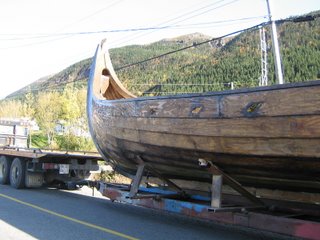An afternoon in Xochimilco
In the south of the city, at the end of the light rail extension that leaves from Tasquena metro station, lies -- although maybe 'floats' might be a better word -- the suburb of Xochimilco. In thi spart of the city there are still canalsand floating gardens, with houses going down to the water's edge. A complex network of canals and channels ties together a system of nurseries and bars and entertainment lounges, and souvenir shops, and residential housing. Many people use small punts to get to the 'mainland' and to peddle their wares along the waterways.
This is a popular tourist and relaxation location, the main attraction of which is the flotilla of literally hundreds of covered punts and barges that get poled up and down the waterways as floating parties and restaurants, and temporary bars with music served up by mariachis. The sole tourist or a small party of tourists may rent a vessel by the hour. You can take a meal and drink with you, or you can buy what you need once you are under way from any of dozens of vendors on the water. At the other extreme of clientele are kin and friendship groups who have hired multiple craft for some hours to celebrate a major occasion. Replete with bar, food, and a mariachi band clusters of vessels will cling together as the celebrations wind on through the day and into the night.
The colour and noise are stunning. Congestion on the waterways is common on weekends and in the evenings, but the pole wielders are highly skilled and there is always room to make one's way. It is pure joy and fun. People enjoying themselves as the rest of the world slides by, out there some place. Time stands still, yet never seems to be quite long enough.



















































